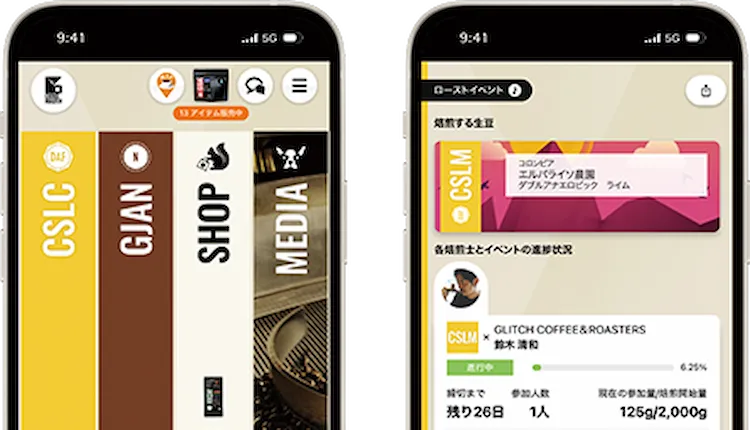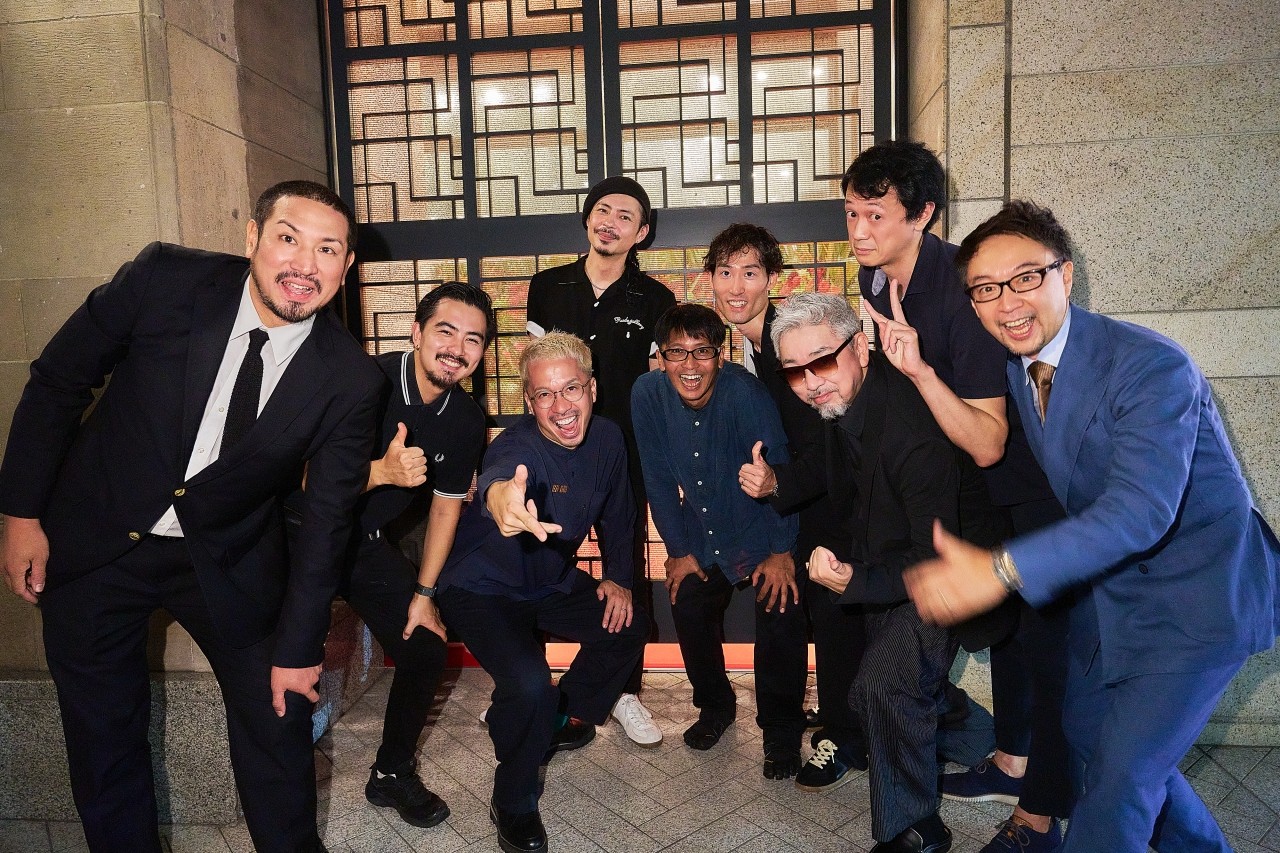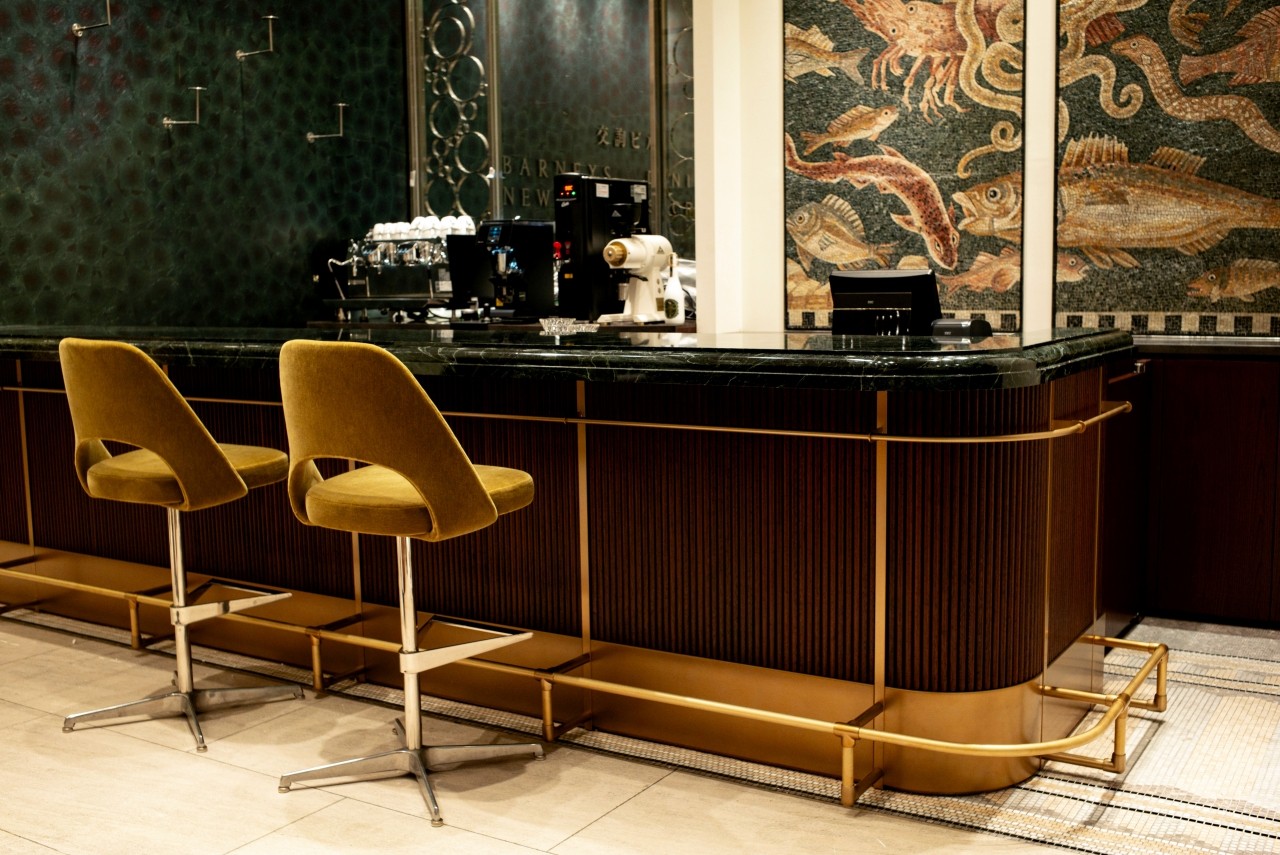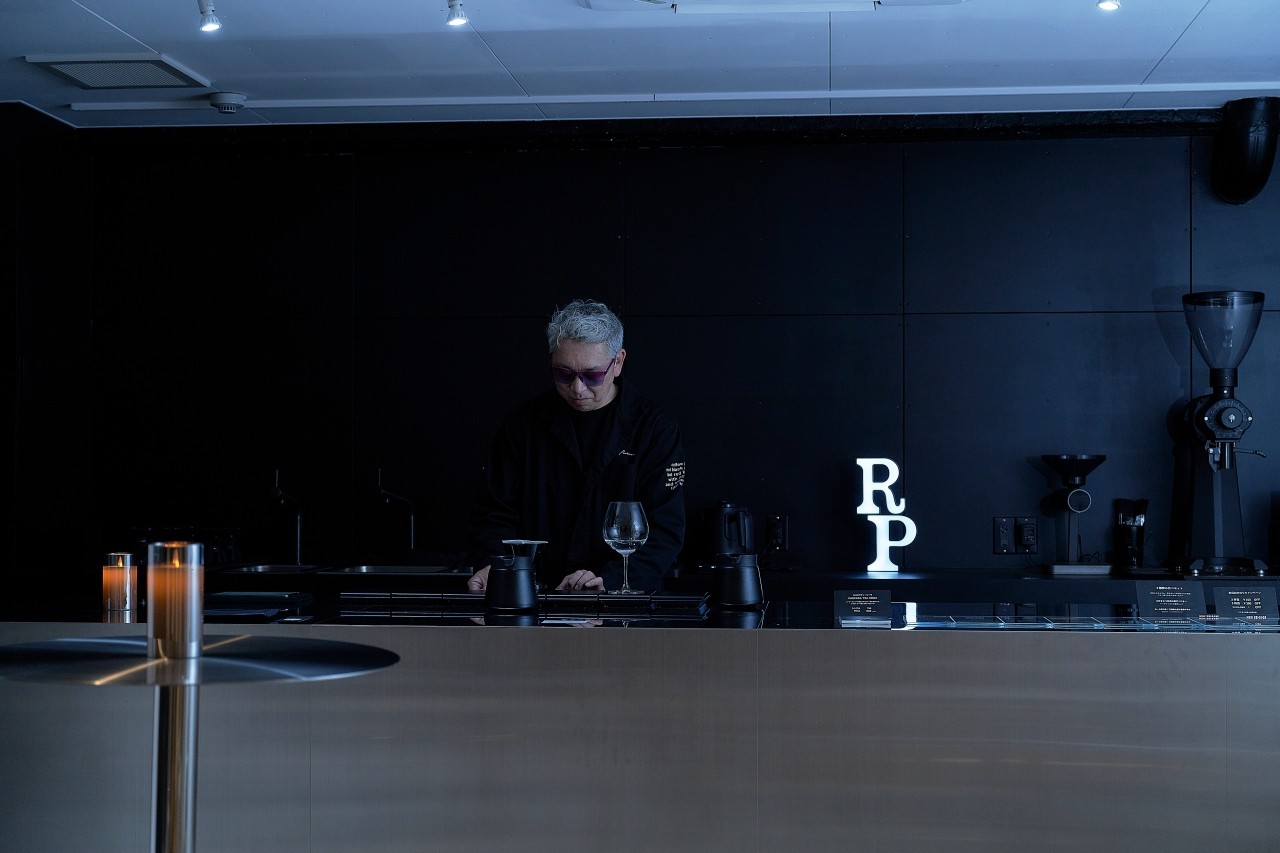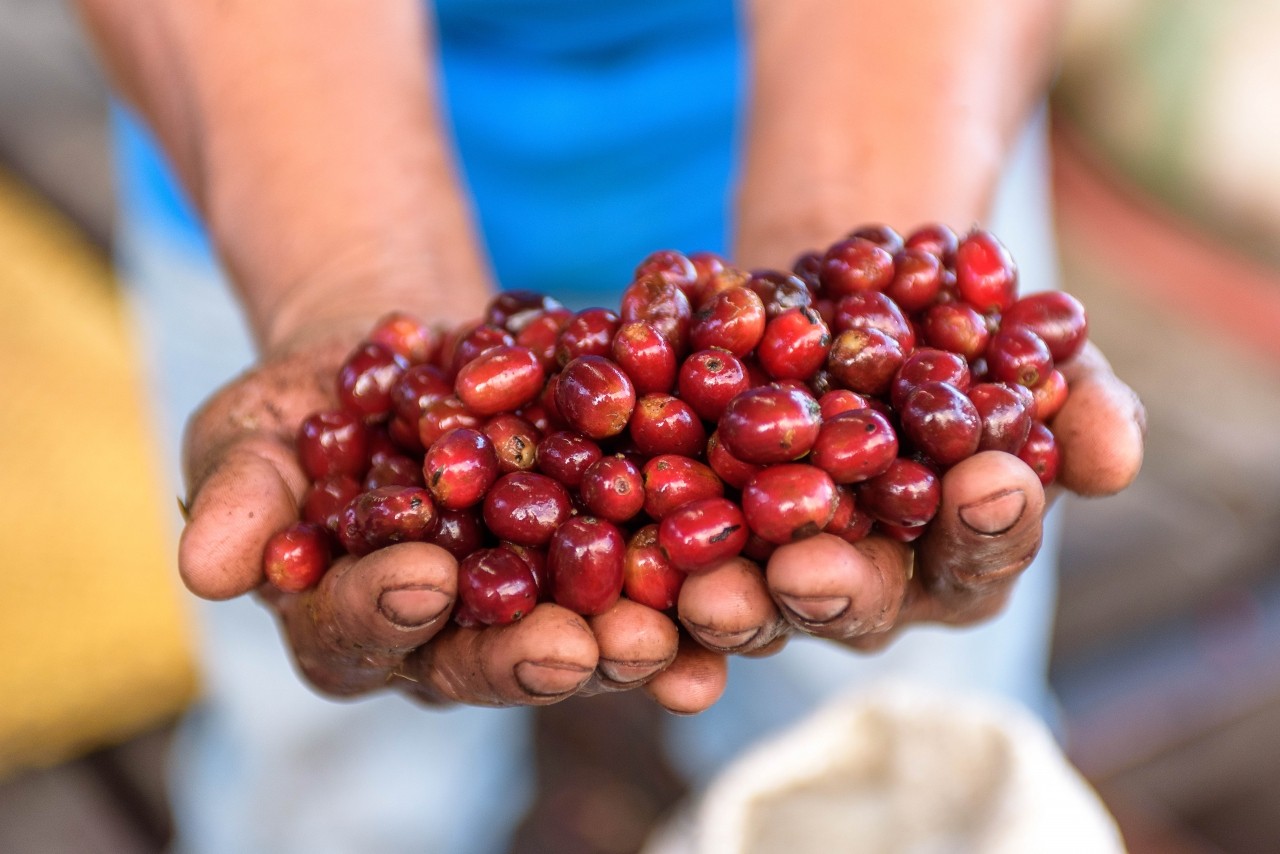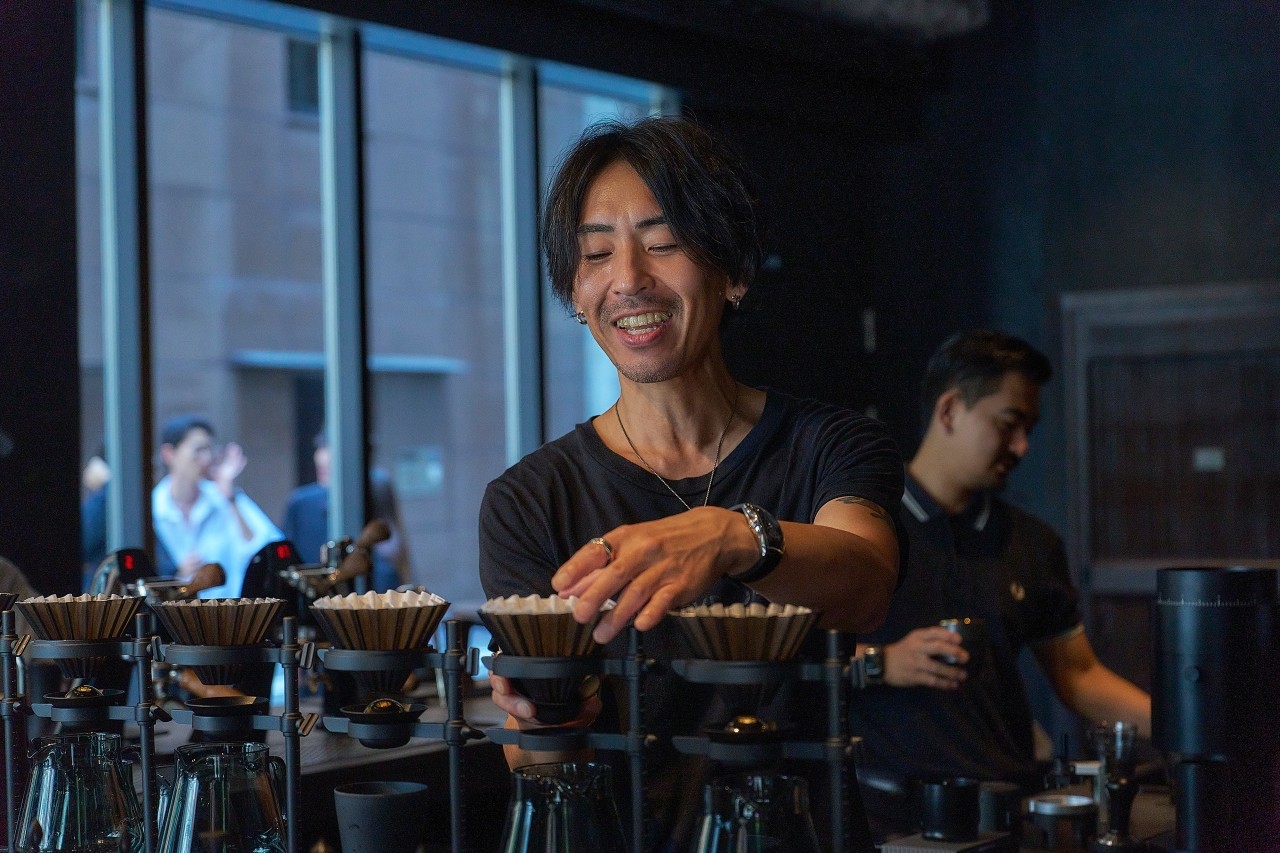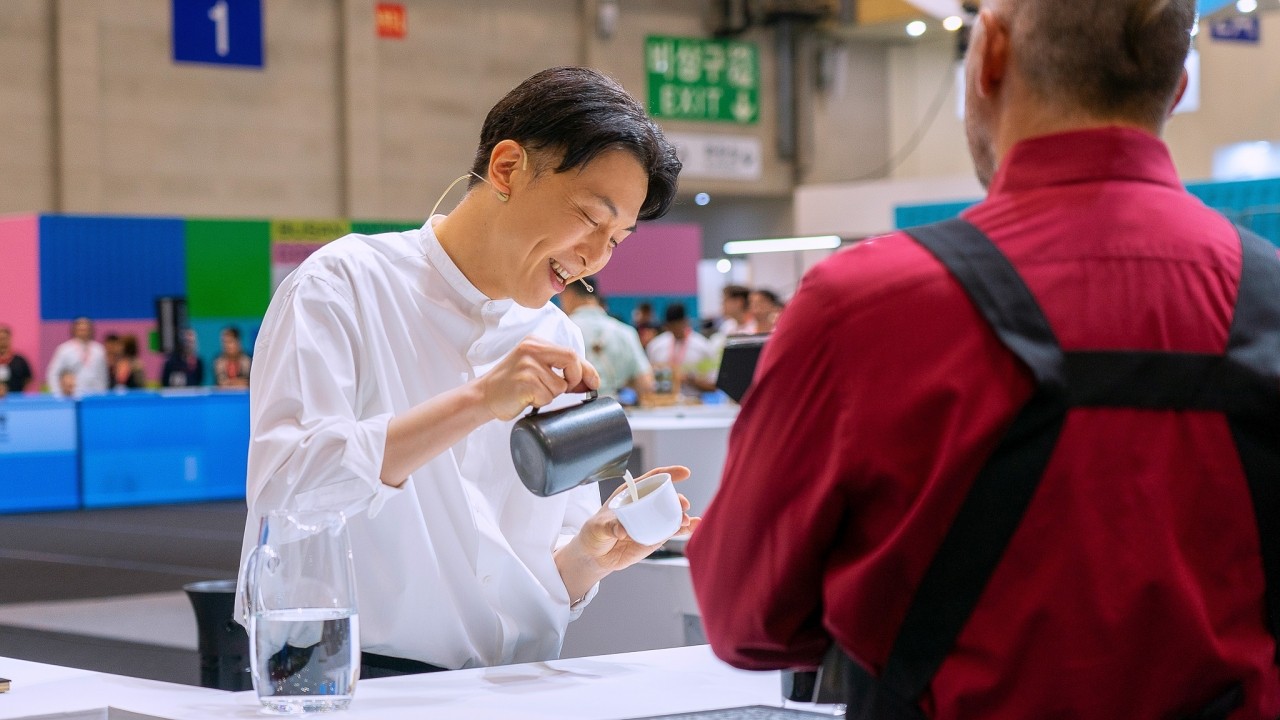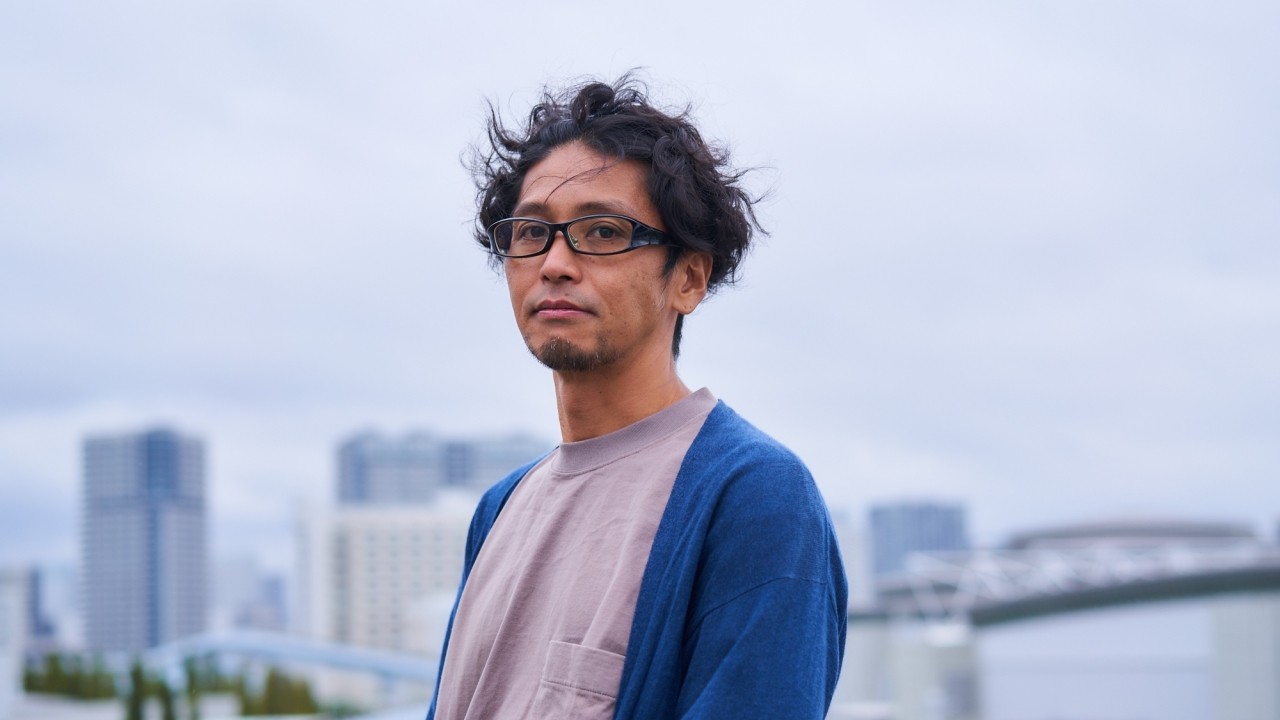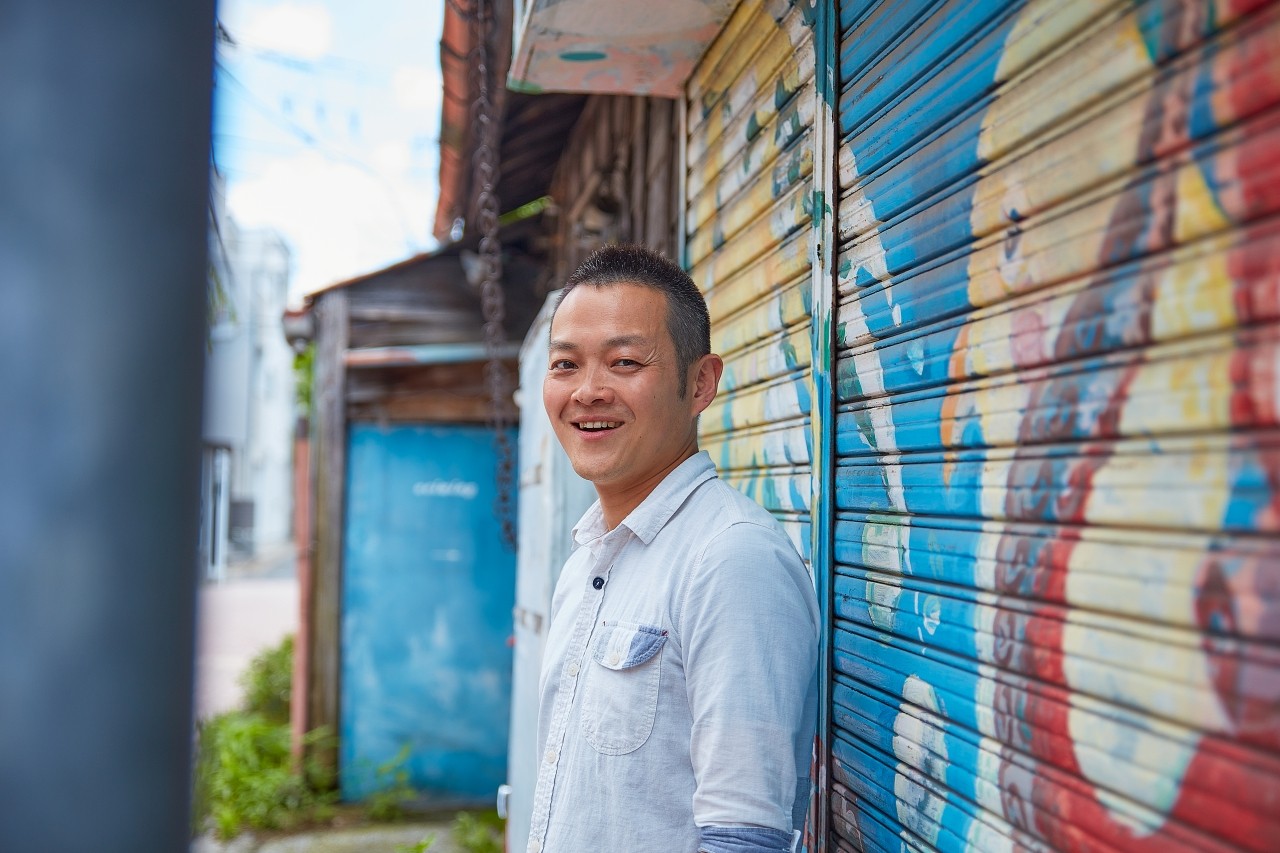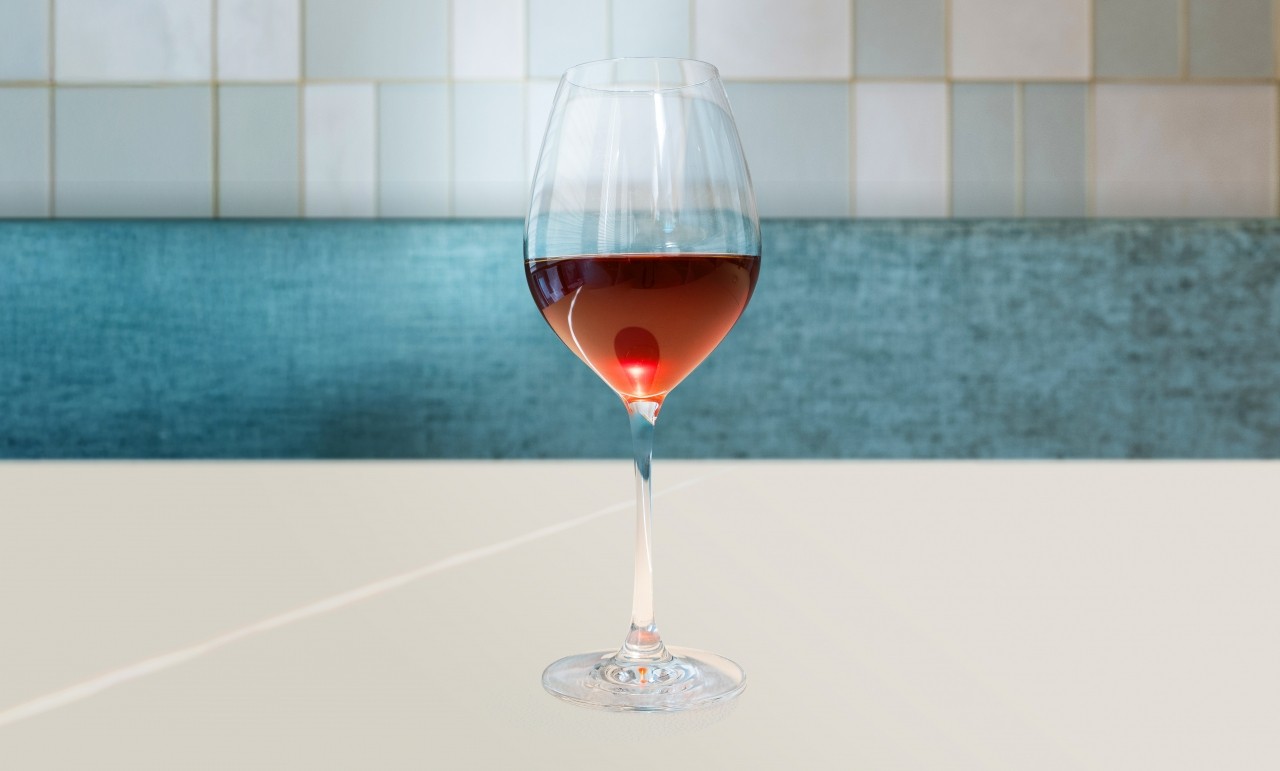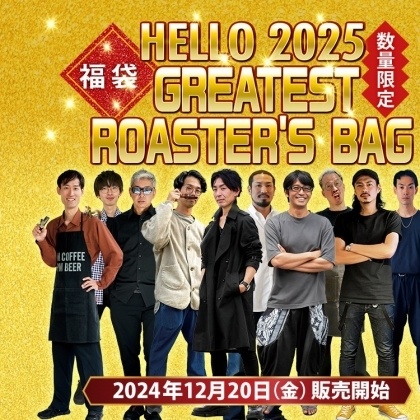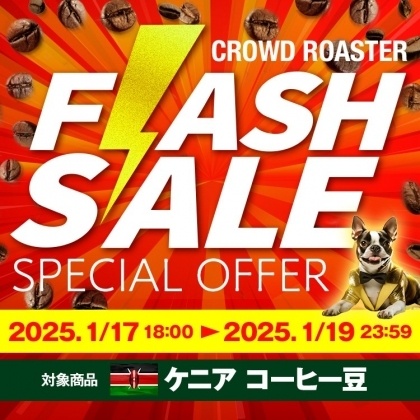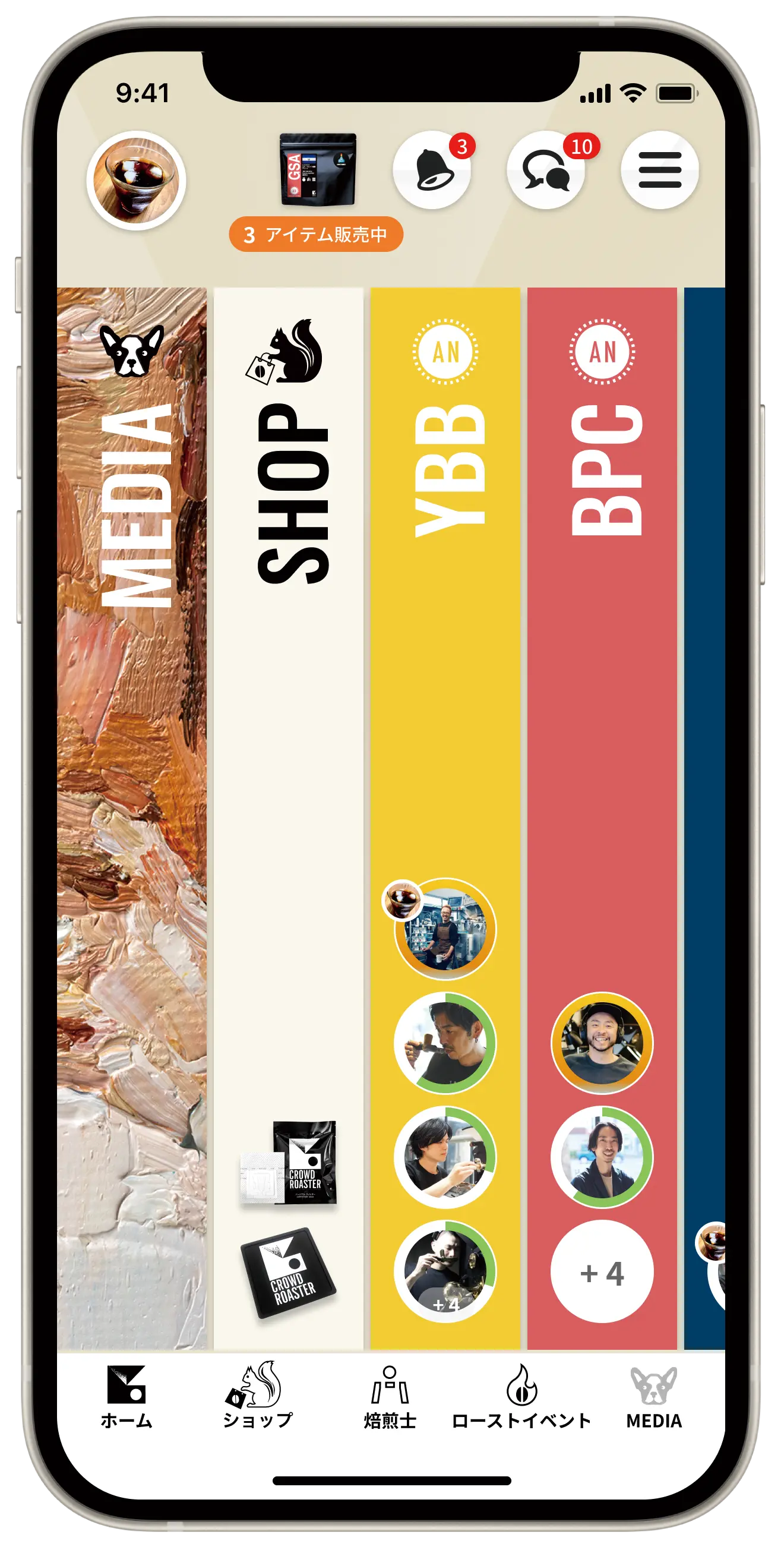Interview with Ishitani and Kosakada who rode the Specialty Coffee Shinkansen
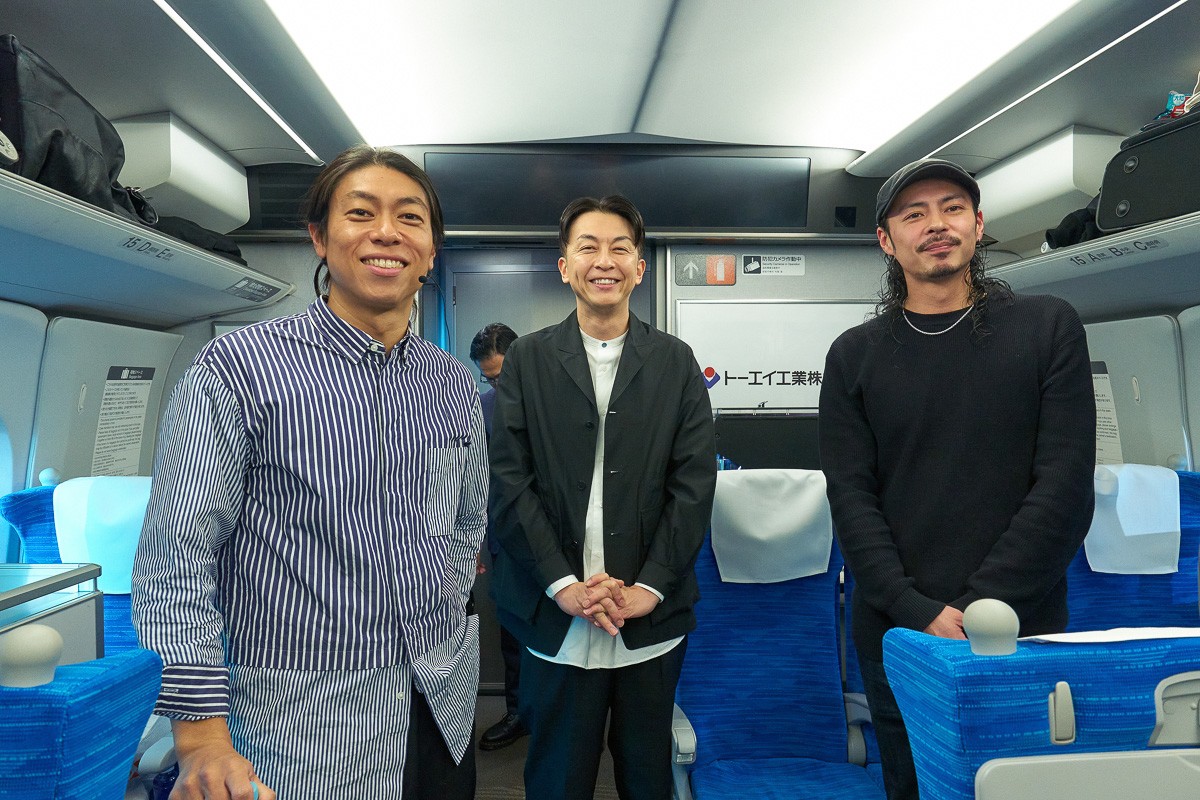
On December 7, 2024, some of Japan's leading baristas and roasters boarded the Tokaido Shinkansen "Nozomi" train running between Tokyo and Kyoto on the "Specialty Coffee Shinkansen" to serve the finest coffee.
Three of Japan's leading baristas, Ishitani Takayuki, Yuya Kosakada ( Raw Sugar Roast ), and Nishio Ippei (Direct Coffee Kyoto), boarded one of the Nozomi train carriages and served up top-notch specialty coffees.
This was an unprecedented event, bringing an espresso machine and grinder onto a Shinkansen train. Thanks to the cooperation of many people, it was a wonderful event.
CROWD ROASTER and their partner, Panama specialist importer Brisa & Tierra, provided a carefully selected lot of "Panama Geisha " to be used by barista Takayuki Ishitani and roaster Yuya Kosakada of Raw Sugar Roast .
Yuya Kosakada will be offering "La Hueria Geisha ", a Panamanian Geisha that is the rarest in the world and can only be purchased by two buyers in the world, as one of the brands for the tasting.
Takayuki Ishitani offered "Abu Geisha " a well-known and highly-regarded brand among Panama Geisha , as a milk beverage.
We asked these two about their impressions after the Specialty Coffee Shinkansen event!
"A stepping stone to the next step" Yuya Kosakada
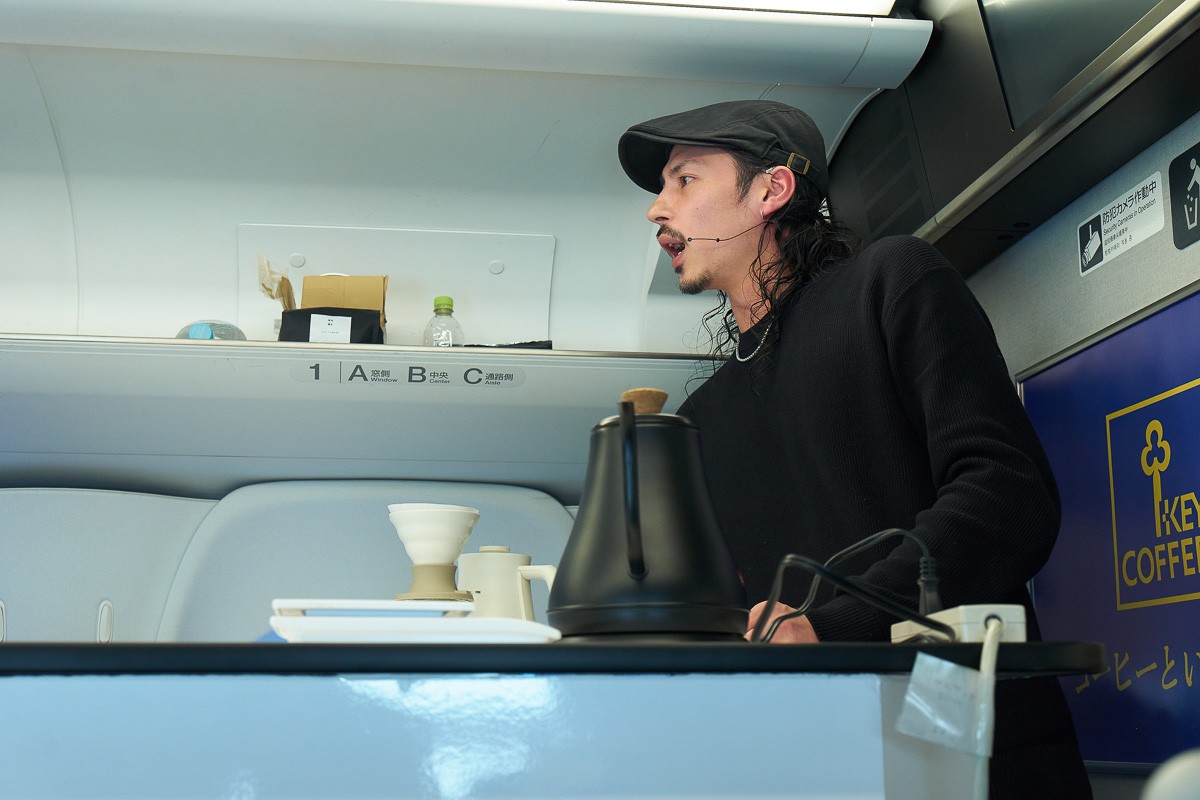
When I was first asked to participate in the 60th anniversary celebrations of the Shinkansen, I wondered whether I was the right person for the job, but this event has become a fond memory for me personally.
It was my first time to attend an event with Ishitani-san and Ippei-san, but it was fun because I was able to just talk about what I wanted to talk about.
Four types of coffee were served on board.
Nowadays, processing techniques such as anaerobic and special fermentation are improving all over the world, but I believe that if the basic characteristics of the region where the coffee is produced are not kept as the most important foundation, the way in which coffee is enjoyed will become inconsistent.
So I chose four types: the basic Ethiopian Washed Natural and Kenya, and another one, Panama Geisha from CROWD ROASTER .
I actually wanted to prepare more.
It was my first time to attend an event with Ishitani-san and Ippei-san, but it was fun because I was able to just talk about what I wanted to talk about.
Four types of coffee were served on board.
Nowadays, processing techniques such as anaerobic and special fermentation are improving all over the world, but I believe that if the basic characteristics of the region where the coffee is produced are not kept as the most important foundation, the way in which coffee is enjoyed will become inconsistent.
So I chose four types: the basic Ethiopian Washed Natural and Kenya, and another one, Panama Geisha from CROWD ROASTER .
I actually wanted to prepare more.
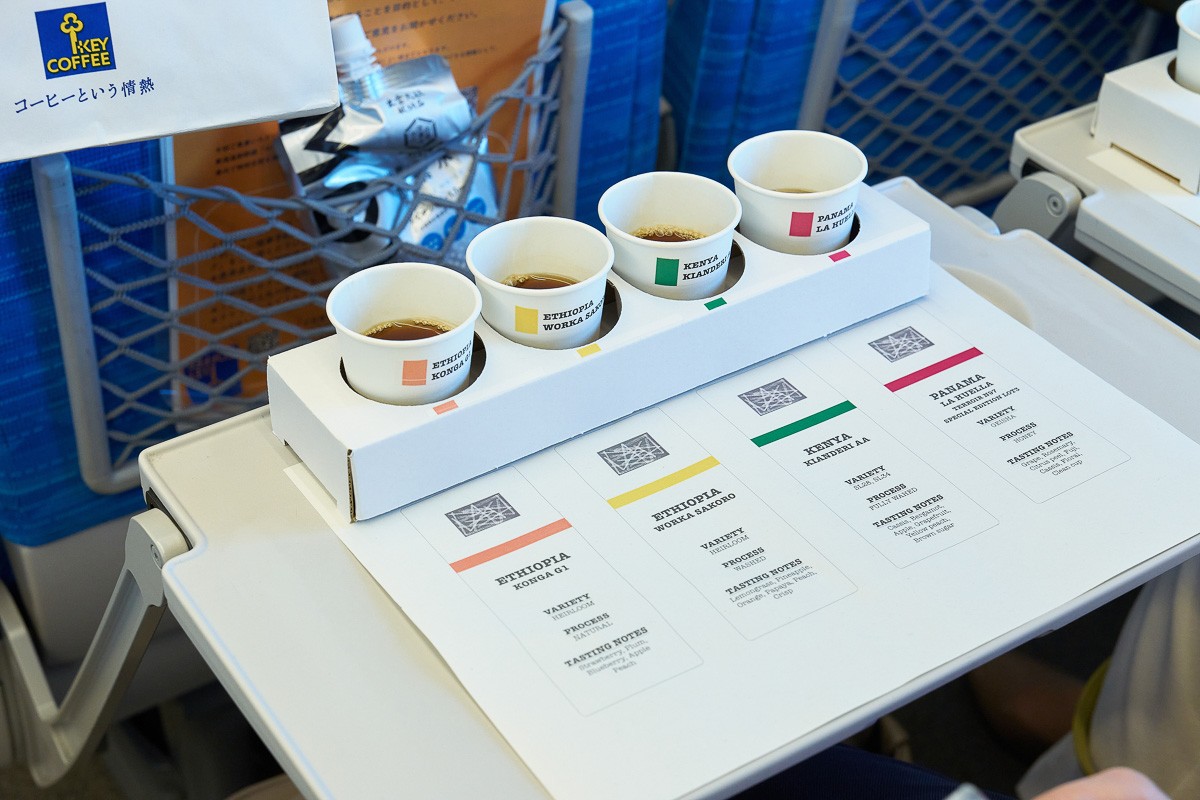
First of all, I have to roast Ethiopia Washed and Kenyan beans well. I think it's more important to be able to roast beans well in the range of 80 or 85 points. I want to roast good beans too, though.
I was pretty nervous when I roasted the Panama La Huería Geisha because I had to roast something that costs tens of thousands of yen in one go in just seven or eight minutes.
However, I have roasted many different beans and Geisha coffees up until now, so I was able to use that experience to predict how the coffee would turn out while roasting, and the way I came up with the roasting method worked out perfectly. I was happy.
This Geisha is floral and anaerobic, but it's nicely fermented so it's not overly strong, and it has a herbal scent and a variety of flavors, so it's very clean and elegant.
I'm sure there were some customers who drink specialty coffee on a regular basis, but I still wanted everyone to get reminded of the basics, so I created this lineup.
At the event, I spoke about the current state of specialty coffee and the individual characteristics of each producing region. As I was the first person to speak, I was worried about what to do with the atmosphere, especially since it was on a Shinkansen train and the customers were not used to it. However, as I spoke, people were nodding and you could see their reactions, so it was enjoyable.
At the event, I spoke about the current state of specialty coffee and the individual characteristics of each producing region. As I was the first person to speak, I was worried about what to do with the atmosphere, especially since it was on a Shinkansen train and the customers were not used to it. However, as I spoke, people were nodding and you could see their reactions, so it was enjoyable.
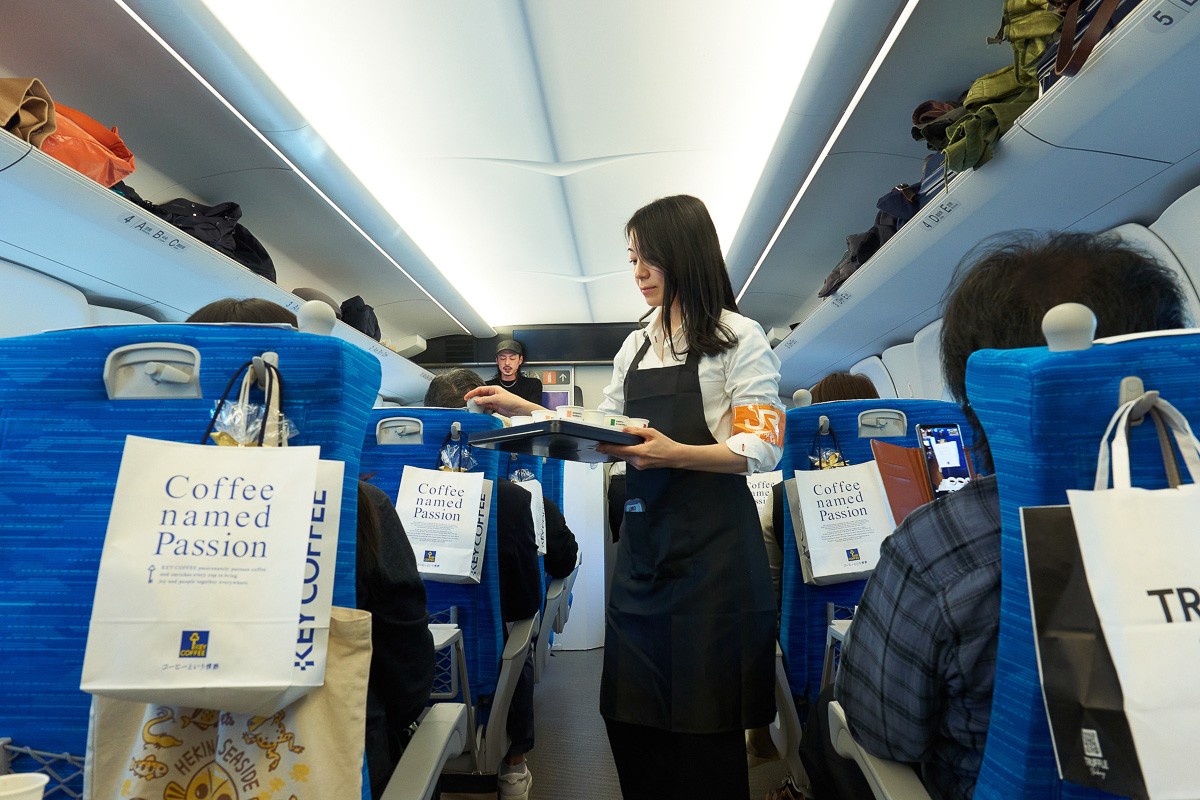
After that, Ippei spoke in a very frank manner, and although I think it might have been tiring if it had all been serious talk, I think it was a good balance.
We arrived in Kyoto really quickly.
I am truly grateful to everyone at JR Central and everyone else who made all the detailed preparations, even though it must have been difficult with four cups.
I was talking to everyone about how I hope this event will not end as a success, but will be a milestone that leads to the next step. I also hope that what I said gets through to the customers.
"We endured shaking that was worse than we could have imagined" - Ishitani Takayuki
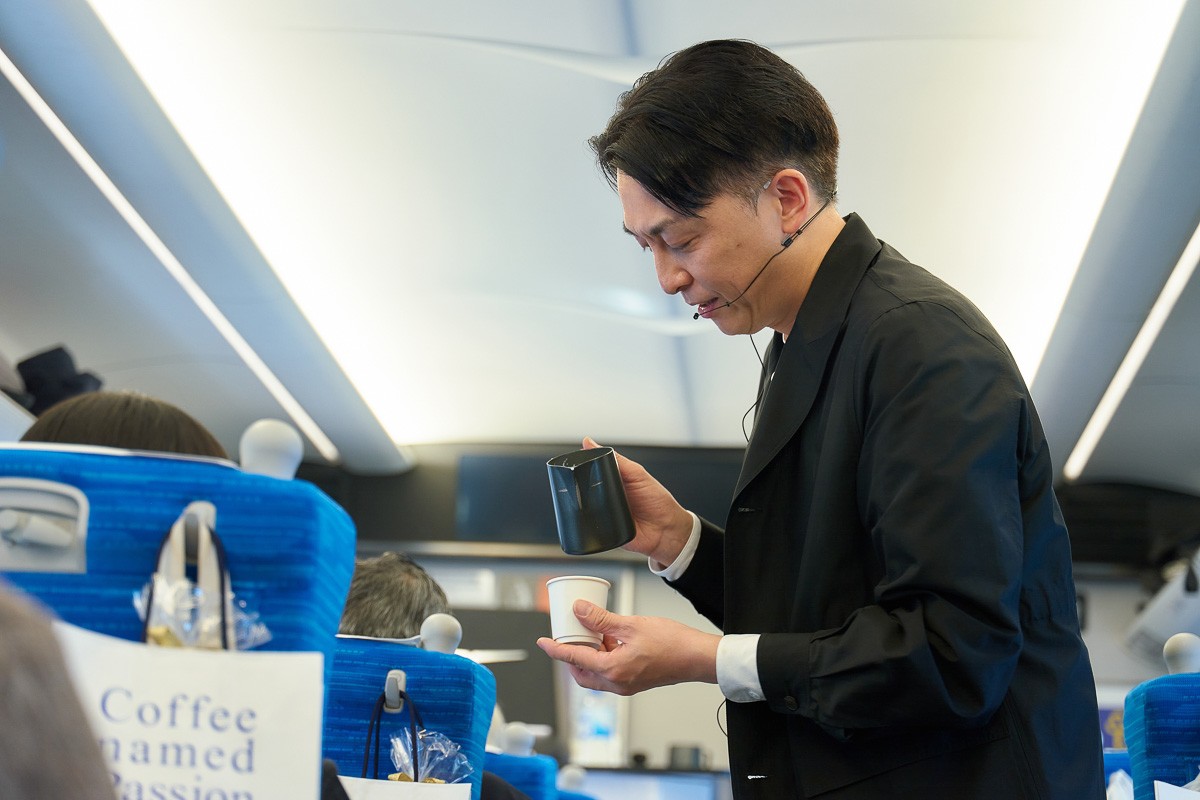
In the milestone year marking the 60th anniversary of the opening of the Tokaido Shinkansen, we had the honor of serving coffee aboard the "Specialty Coffee Shinkansen."
When I heard about the project, I thought the best thing I could do was make espresso, so I asked JR Central and Toei Kogyo, who provided machine support, to install an espresso machine and grinder inside the Shinkansen.
It was a big challenge for us to have a full-fledged espresso machine on a Shinkansen, as this was the first time that such a machine had been installed.
I realized that the shaking during extraction was more than I had imagined.
When I heard about the project, I thought the best thing I could do was make espresso, so I asked JR Central and Toei Kogyo, who provided machine support, to install an espresso machine and grinder inside the Shinkansen.
It was a big challenge for us to have a full-fledged espresso machine on a Shinkansen, as this was the first time that such a machine had been installed.
I realized that the shaking during extraction was more than I had imagined.
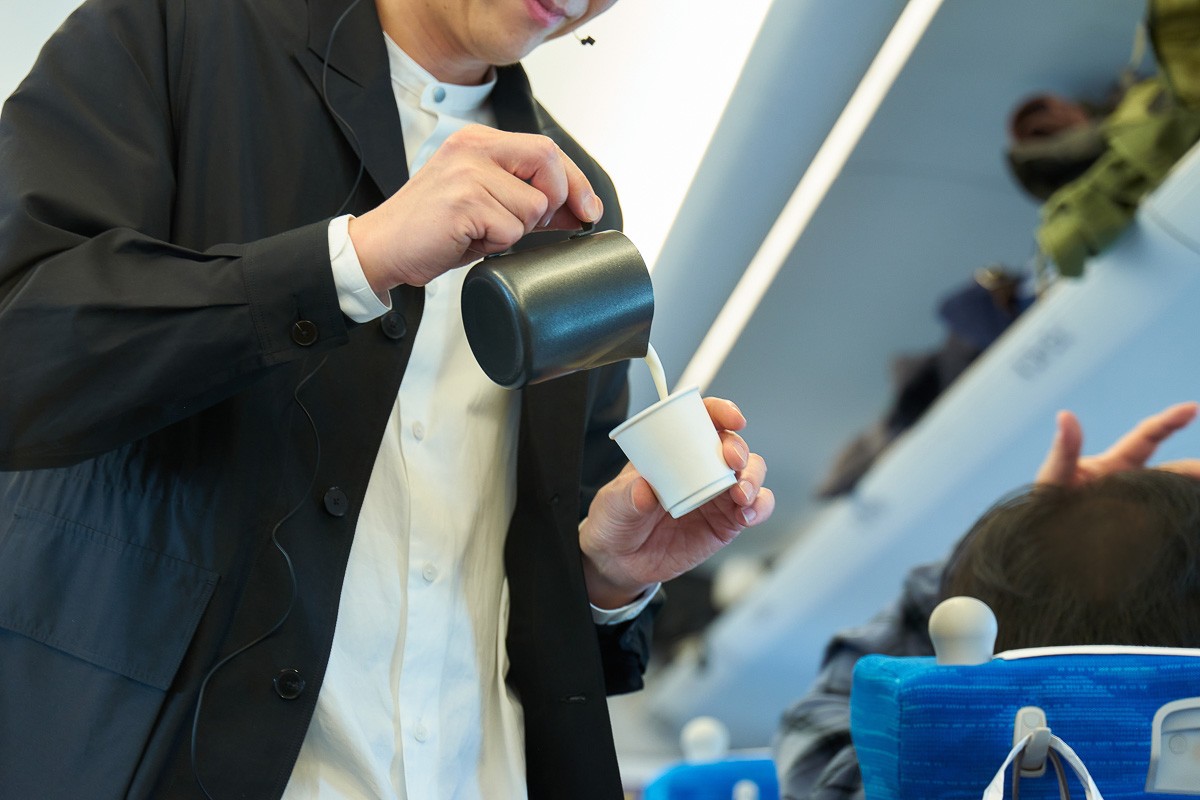
I was serving milk beverages, and as I went around pouring them, I had to endure the shaking and struggle to avoid spilling them on the customers.
It made me very happy to see the drinks being made right in front of my eyes, and to have everyone say how delicious they were when they tasted them.
This time, with the cooperation of CROWD ROASTER , we prepared Abu Geisha from Panama, and had Yasuo from Leaves Coffee Roasters roast it.
This Abu is elegant yet powerful, and you can really feel the harmony with the milk.
Of course, it's delicious when extracted using a filter or espresso, so I could feel the high quality.
The customers listened intently to the explanations about the coffee and asked many questions. There was a sense of unity in the car and the two-hour journey from Tokyo to Kyoto passed by in a flash.
Above all, making coffee on the spot was a very enjoyable and valuable experience.
We would like to express our sincere gratitude to everyone at JR Central who planned the trip, as well as to the many people who supported us, and to all the passengers who rode the trip.

Thank you both for your comments!
CROWD ROASTER Media will be providing more behind-the-scenes coverage of this event, so stay tuned.
If you want to enjoy coffee more deeply
" CROWD ROASTER APP"
Manabu at CROWD ROASTER LOUNGE
・Push notifications for article updates・Full of original articles exclusive to CROWD ROASTER
・Direct links to detailed information about green beans and roasters
App-only features
- Choose green beans and roasters to create and participate in roasting events・CROWD ROASTER SHOP: Everything from beans to equipment is readily available
・GPS-linked coffee map function
